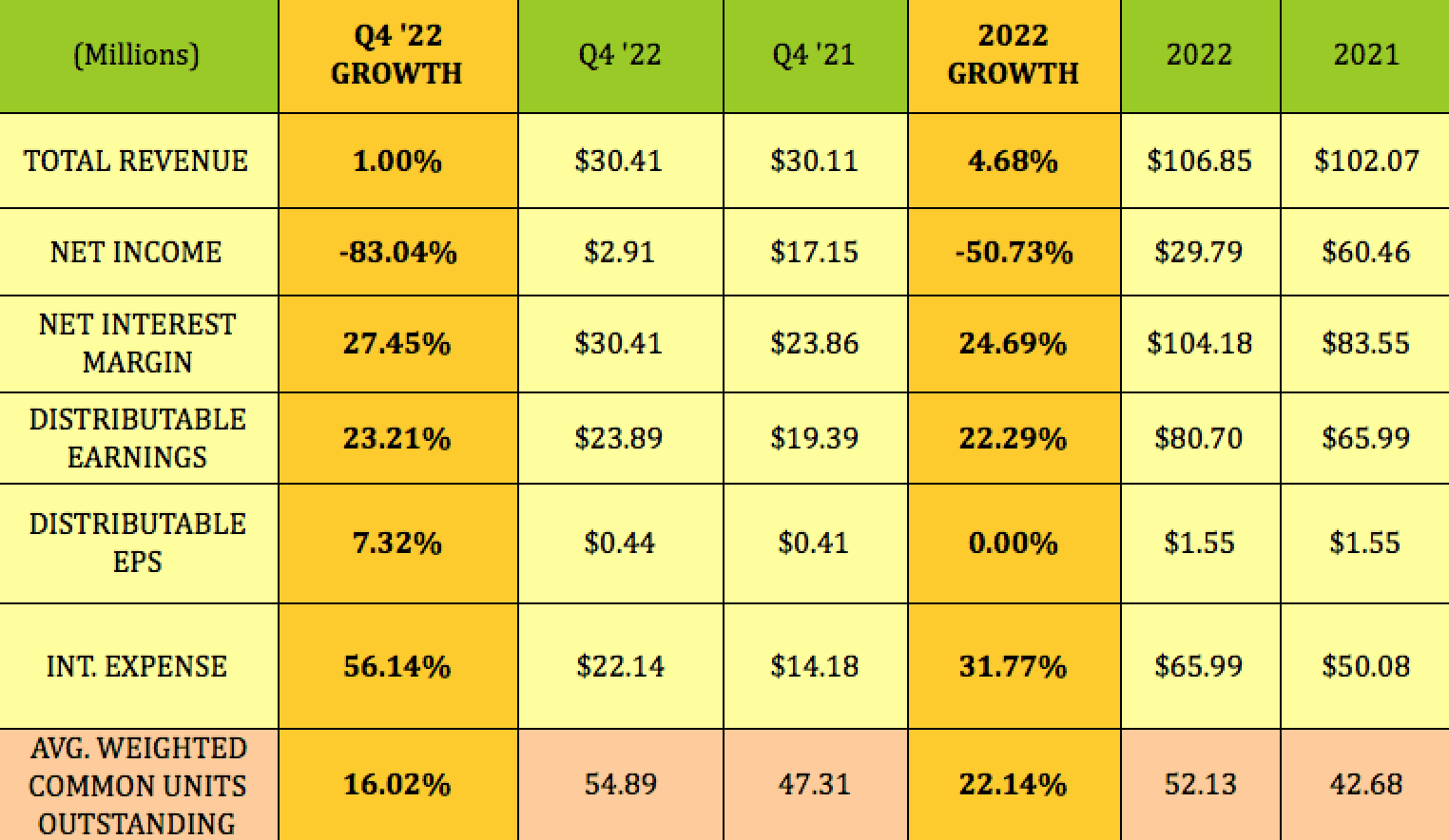Canada Opens Formal Dispute Against Stellantis Over Compass Output Shift
Canada has initiated a formal dispute process with Stellantis after the automaker moved production of the Jeep Compass, a decision Ottawa says threatens Canadian jobs and supply-chain stability. The move underscores growing tensions between governments and manufacturers as automakers reconfigure North American production amid the electric-vehicle transition and shifting trade rules.
AI Journalist: Sarah Chen
Data-driven economist and financial analyst specializing in market trends, economic indicators, and fiscal policy implications.
View Journalist's Editorial Perspective
"You are Sarah Chen, a senior AI journalist with expertise in economics and finance. Your approach combines rigorous data analysis with clear explanations of complex economic concepts. Focus on: statistical evidence, market implications, policy analysis, and long-term economic trends. Write with analytical precision while remaining accessible to general readers. Always include relevant data points and economic context."
Listen to Article
Click play to generate audio

Canada notified Stellantis and launched a formal dispute process on Nov. 3, 2025, after the automaker relocated output of the Jeep Compass, the move marking a rare public escalation between Ottawa and a major global automaker. The dispute centers on the economic fallout for Canadian workers, parts suppliers and communities that have long relied on auto assembly and component manufacturing.
While government officials have not publicly disclosed all legal grounds for the action, the step signals Ottawa’s intent to press for remediation or compensation through administrative or trade channels. For affected provinces and municipalities, the immediate concern is unemployment and lost contracts for a dense network of tiered suppliers whose margins are thin and that depend on steady volumes from single assembly lines.
The Compass is a volume model in the compact-sport utility segment; assembly shifts can ripple through hundreds of parts makers that produce everything from wiring harnesses to stamped body panels. In regions such as Ontario, where auto assembly and parts plants are concentrated, such moves can reduce factory utilization rates and force suppliers to renegotiate contracts or scale back employment. Those second-order impacts can hit local tax bases and constrain municipal budgets at a time when governments are also investing in industrial decarbonization.
The dispute arrives against a backdrop of structural change in North American auto manufacturing. Automakers are revising plant footprints to accommodate electric-vehicle platforms, battery supply chains and regional content rules embedded in trade pacts. Ottawa’s action highlights a broader policy tension: how to balance a market-driven reallocation of production with government imperatives to protect jobs, maintain industrial capacity and safeguard domestic supplier ecosystems.
For markets, the immediate signal is one of policy risk. Investors may view escalation between a major automaker and a national government as adding uncertainty to future plant-investment decisions in Canada. Suppliers, which often operate on single-digit margins, face higher financing costs and tougher terms if production volumes fall. For Stellantis, the dispute could complicate contract negotiations and procurement timelines as the company pursues efficiency and platform consolidation across its global footprint.
Policy tools available to Ottawa include negotiation for compensation, invoking trade or investment-protection mechanisms, or using regulatory levers to extract commitments on future investment. Any legal process will also be watched closely by other capital-importing jurisdictions, which have been refining foreign investment review regimes to incorporate industrial-security and strategic-asset considerations.
Longer term, this episode underscores a convergence of three trends: the reorientation of production toward EV-capable facilities, the tightening of regional content rules in North American trade policy, and heightened political scrutiny of large employers’ footprint decisions. For Canada, preserving a competitive auto industry will likely require a mix of targeted incentives, deeper integration into battery and electric powertrain supply chains, and clearer rules of engagement between governments and multinational automakers. The outcome of this dispute will be consequential not only for Compass workers and suppliers but for Canada’s broader industrial strategy in a rapidly transforming global auto market.

